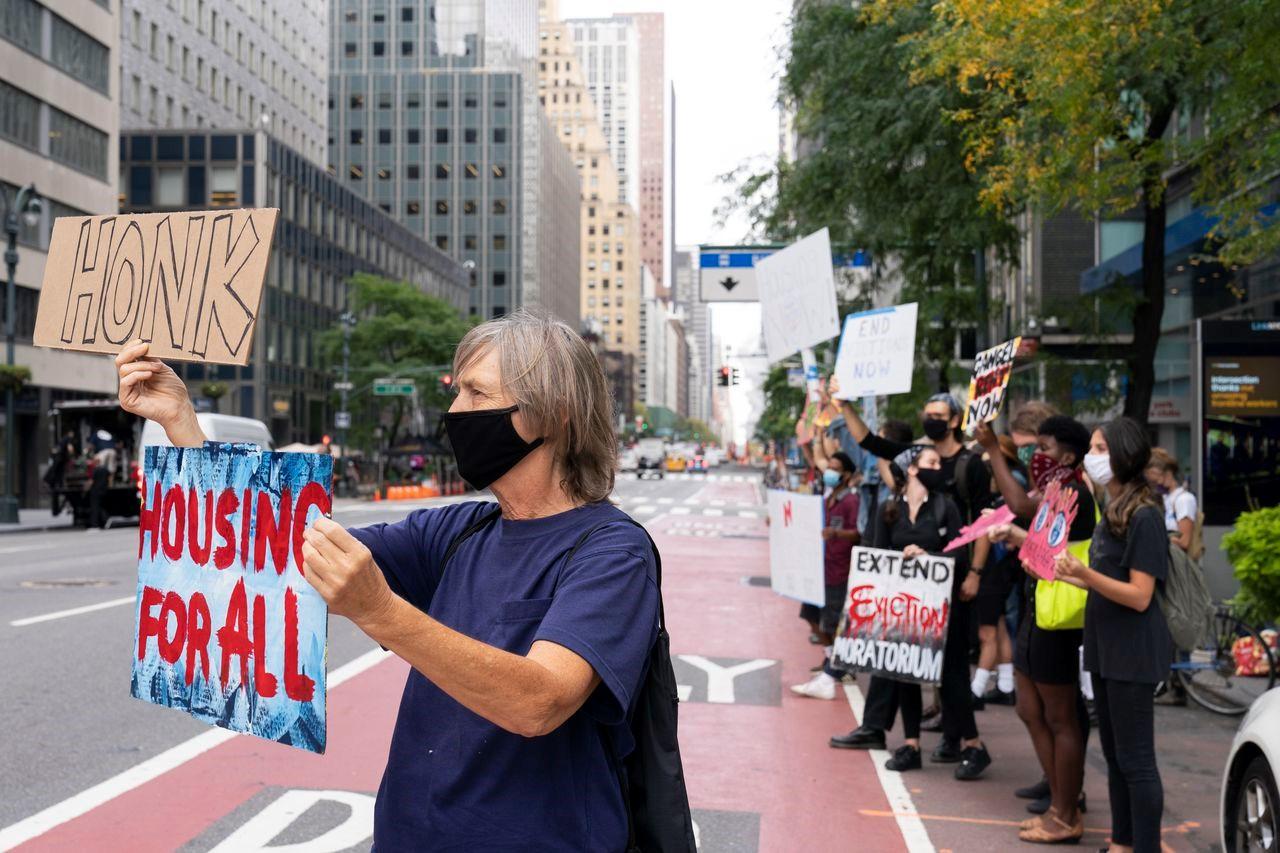
5 minute read
From The Executive Director
Court . A Place or a Service?
By Dennis Kaufman, Executive Director
Advertisement
The pandemic has changed many aspects of our lives, including the practice of law. Lawyers, never accused of being futurists, have had to learn to do things differently from how we’ve been doing our work for years. Technology can no longer be feared or ignored. Resistance to innovation in the delivery of services to people must be conquered. Services are delivered remotely, with video replacing the 100+ year old technology of the telephone. The physical leagues, knowledge sharing, socialization, mentoring, confidentiality, and data security. For more years than should be, we have discussed, debated, and examined the ethereal phrase ing groups, blue ribbon panels, and commissions to grapple with it. We sometimes agree that A2J has several components: fair and open processes, just decisions, and the equitable distribution of rights and duties. Any reconfigured court system must address these components to realize A2J. court system, sometimes quickly with duct tape and chewing gum, one thing is becoming clear. Courts are not a physical place, but rather a service. Looking at the court system through the eyes of the pandemic we see what we’ve known for years. The system is antiquated, detached, unaffordable, slow, and unintelligible. Will it be satisfactory to dump the current court system into a new technology bottle and declare victory? Or is this an opportunity rebuild, from the ground up, with the goal of achieving at least the fair and open components of A2J? We will likely never return to 100% in-person courts. The remote court is out of the bottle and likely not going back in. Do we all see and agree on that? No. I recently watched
– remotely -- a hearing before the NY Assembly Judiciary Committee on the court system’s budget for the coming year. Every speaker representing organizations of judges,
court clerks, court officers, law clerks, stenographers, and office is changing in use and design. Remote work presents even our legal services colleagues spoke from the same challenges to problem-solving and brainstorming with col-
starting point – the pandemic will end, we will go back to the same old ways, and we need more money to do the same old things. The speakers literally demanded dollars
to continue a system that is antiquated, detached, unaffordable, slow, and unintelligible. More than 30 million people Rebuilding a court system is obviously a complex endeavor. Court reform is not a new topic in New York. An example is a 2007 report from the former Chief Judge Kaye’s are self-represented in the nation’s civil courts annually. Special Commission on the Future of the New York Courts.
“access to justice,” or A2J in the current jargon. We’ve created committees, work-

After months of re-creating a functioning The Commission took on the longstanding issue of restruc-
Courtroom set up for remote hearings.
turing New York’s archaic court structure, a topic debated since the first state constitution went live in 1777. After years of attempts, we have been unable to even streamline the ten different trial courts.
Court reform can’t be done in the middle of a pandemic, but the pandemic can and should kick start the process in directions including, but going beyond, court restructuring. After the pandemic began, the Chief Judge DiFiore’s new Commission to Reimagine the Future of New York’s Courts (sound familiar?) began its work. The Commission’s first effort was a report on re-starting in-person grand juries and jury trials. On November 9th, the Online Courts Working Group of the Commission issued its Initial Report on the Goals and Recommendations for New York’s Online Court System (the Report), tackling remote court proceedings, online dispute resolution, a centralized Uniform Court System portal, and mandatory e-filing in all courts. The Report incorporates court reform thinking far beyond
...is this an opportunity to rebuild, from the ground up, with the goal of achieving at least the fair and open components of Access To Justice?
the usual structural changes debated for so long, even adopting concepts about virtual justice systems advocated by British futurist Richard Susskind in Online Courts and the Future of Justice (2019). The Report highlights decreasing A2J gaps as a long-term guiding principle, acknowledging both opportunities for improving access and challenges in a remote court system for both the civil and criminal matters. We see the oppor-
tunities for improvement every day. For example, well more than half of the tenants in evictions and defendants in debt collection actions do not show up for court dates. Why? Childcare problems, work-related barriers, transportation problems, fear, the perception that going to court will be futile, etc. Can some of these issues be overcome by remote participation? Yes. People can be in court from their homes or during a lunch break at work. They don’t need a car or rely on poor public transportation. They don’t have to face the intimidating environment of a courthouse or stand before a high bench next to a menacing landlord or well-heeled lawyer appearing for a creditor. More than 30 million people are self-represented in the nation’s civil courts annually. Can we bring them into court while in their kitchen so they can tell their story? How can poor people afford a smartphone with minutes or a laptop with broadband service to participate in remote court? How can people unfamiliar with using these technologies attend remote court? Other barriers to using remote technology include language, knowledge of court procedures, disability, etc. New York and other states now have experience with remote court. The Permanent Commission on Access to Justice, created by former Chief Judge Lipmann, is spearheading an effort to identify and grapple with the barriers en-
countered by court users -- lawyers and litigants who may be represented or unrepresented. The court user survey has been tested and will soon go public. Legal services organizations have been asked to make the survey widely available to clients and advocates. We will soon engage in this effort. It also time for “big thinking,” even beyond that in the online court Report. Rather than investing in the antiquated, detached, unaffordable, slow, and unintelligible court system we know and sometimes love, we should invest in building technology structures and removing barriers to use. For example, instead of wringing our hands about people having limited data minutes and no access to broadband for remote court, we must look at the problem globally. Shouldn’t we acknowledge that broadband is becoming almost a public utility, like electricity or water, and the obligation of the government to make it available without or at affordable cost? Yes, this is way beyond A2J. But this is the kind of thinking we need to build a court system with A2J at its core.







